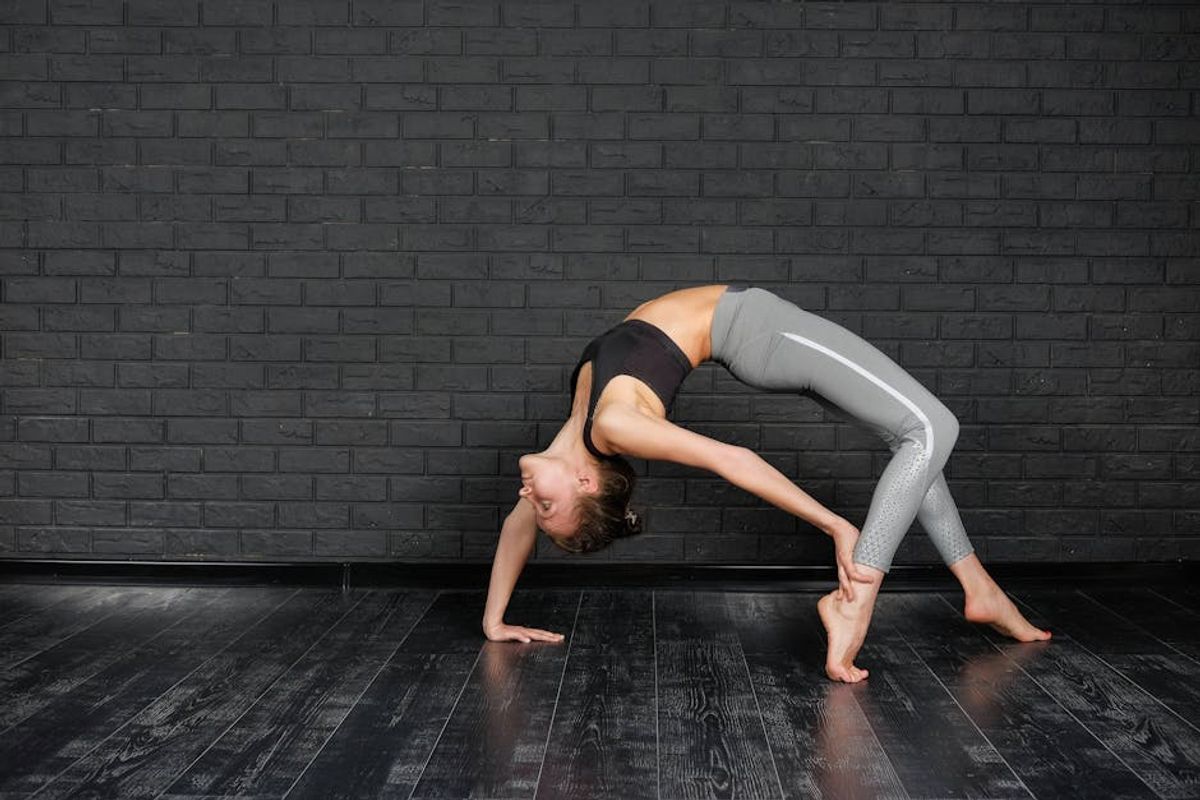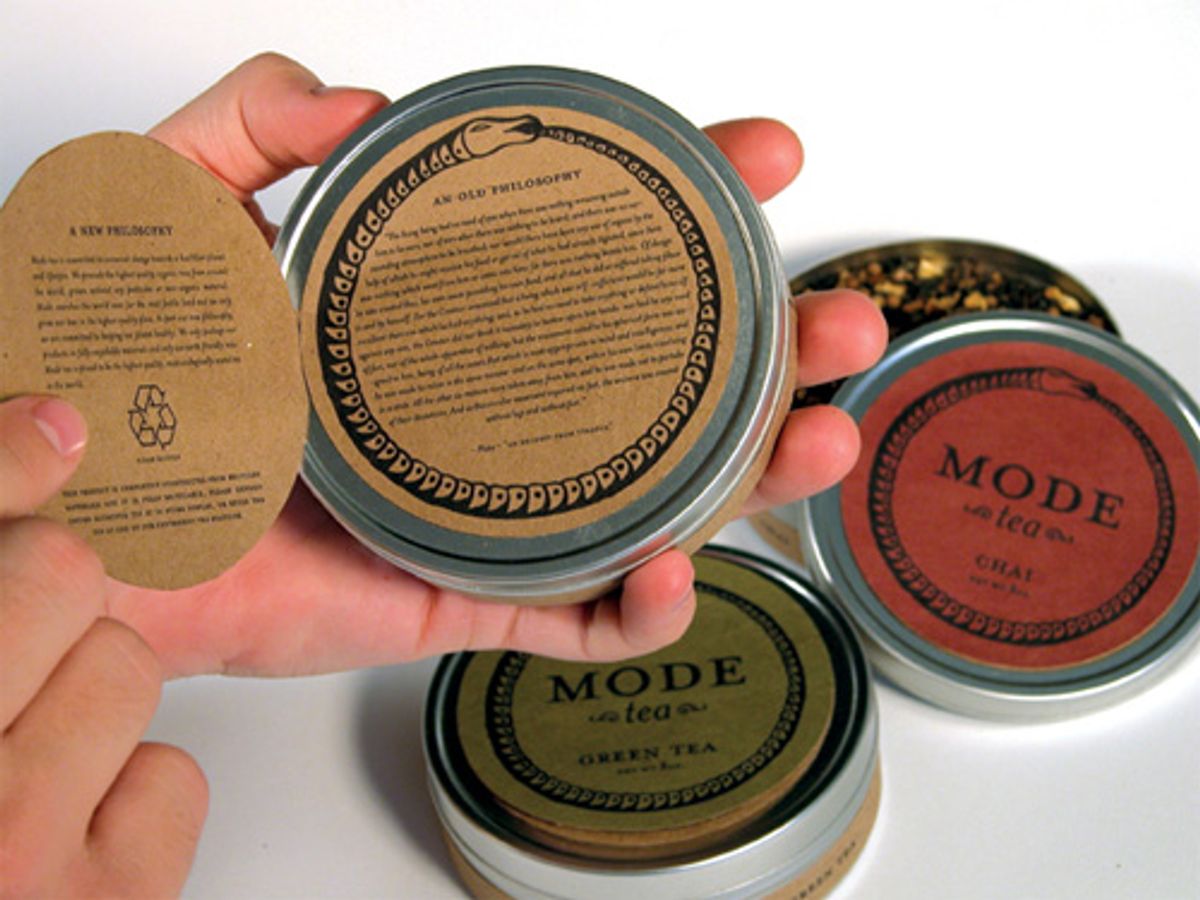
5 Tips on Finding the Perfect Yoga Mat Near You
Embarking on a yoga journey requires not just dedication and practice but also the right gear, and a crucial element of that is finding the perfect yoga mat. With an array of options available in the market, it's easy to get overwhelmed. However, choosing a yoga mat that suits your personal needs can enhance your practice significantly. This article provides five essential tips to help you find the perfect yoga mat near you, ensuring comfort, support, and sustainability in your yoga practice.
Key Takeaways
- Evaluate your personal comfort preferences, including cushioning and texture, to ensure a pleasant yoga experience.
- Consider the material and grip of the yoga mat to prevent slipping and to support your poses effectively.
- Opt for eco-friendly yoga mats to contribute to environmental sustainability while practicing mindfulness.
- Compare the thickness and durability of different yoga mats to find one that balances support with longevity.
- Read customer reviews and explore local shops to make an informed decision and support community businesses.
1. Assess Your Comfort Needs
When searching for the perfect yoga mat, comfort should be at the forefront of your considerations. Determine the level of cushioning you require to support your joints during various poses. A mat that's too thin might be hard on your knees, while a thick one could affect your stability.
Thickness is not the only factor; the texture of the mat also plays a crucial role in comfort. Some prefer a smoother surface, while others opt for a more tactile feel to prevent slipping. Here's a quick guide to help you assess your needs:
- Thickness: Standard mats are about 1/8 inch thick, while thicker mats can be up to 1/4 inch.
- Texture: Options range from smooth PVC to jute with a rougher feel.
- Firmness: A firmer mat can provide more stability for standing poses.
It's essential to test out a mat before purchasing if possible. This allows you to get a feel for the material and cushioning, ensuring it meets your personal comfort criteria.
2. Consider Material and Grip
When selecting a yoga mat, the material and grip are crucial for a stable and safe practice. Choose a mat with a texture that prevents slipping, especially if you tend to sweat during your sessions. PVC mats are known for their stickiness, while rubber, jute, and cotton offer eco-friendly alternatives with excellent grip.
Materials also determine the mat's sponginess and how it feels under your feet and hands. For instance, PVC and foam mats provide a soft cushion, but may not be the best for balance poses where a firmer surface is beneficial. Here's a quick comparison:
- PVC: Highly sticky, durable, but not eco-friendly
- Rubber: Good grip, eco-friendlier, can cause allergies for some
- Cotton: Absorbent, washable, less sticky
- Jute: Rough texture, good grip, eco-friendly
The Iuga Eco-Friendly Non-Slip mat is hands down one of the best budget options we've tested for quality and portability.
It's essential to test the grip of a mat before purchasing. A good grip will help you maintain poses without sliding, ensuring a focused and uninterrupted practice.
3. Check for Eco-Friendliness
In the quest for the perfect yoga mat, eco-friendliness is a crucial factor for many practitioners. Choose a mat that aligns with your environmental values to ensure your practice is not only good for you but also for the planet.
Materials such as natural rubber, jute, and organic cotton are popular eco-friendly options. These sustainable materials are often biodegradable and sourced through responsible manufacturing processes.
When considering eco-friendliness, think about the mat's entire lifecycle, from production to disposal.
Here's a quick checklist to guide you:
- Is the mat made from natural or recycled materials?
- Does the company have a sustainability certification?
- Can the mat be recycled or upcycled at the end of its life?
By taking the time to research and select an eco-friendly yoga mat, you contribute to a healthier environment while enjoying a mindful practice.
4. Compare Thickness and Durability
When selecting a yoga mat, thickness and durability are crucial factors to consider. A mat that's too thin may not provide enough cushioning for your joints, while a mat that's too thick can affect your stability during poses. Durability is a significant factor in the lifespan of your yoga mat.
- Standard yoga mat thickness levels range from thin (about 1/16 inch) to thick (up to 1/4 inch).
- Choosing between a thin and thick mat depends on your personal comfort needs and the types of yoga you practice.
The right balance between thickness and durability ensures a comfortable and long-lasting yoga experience.
Always compare the materials used in the mats, as some may wear out faster than others, affecting both comfort and the need for frequent replacements.
5. Read Reviews and Shop Local
Before making your final decision on a yoga mat, take the time to read reviews from other yoga enthusiasts. Insight from others can provide valuable information about the mat's performance in real-world conditions. Look for reviews that discuss the mat's comfort, durability, and how it holds up during different styles of yoga.
When you're ready to purchase, consider shopping at local stores. Not only does this support your community's economy, but it also gives you the chance to feel and test different mats in person. Local yoga studios often carry high-quality mats that you might not find elsewhere.
Shopping locally also means you can ask for recommendations from experienced yoga instructors and fellow practitioners who understand your needs and preferences.
Here's a quick checklist to help you when reading reviews and shopping local:
- Look for detailed reviews that discuss the mat's performance.
- Visit multiple local stores to compare options.
- Ask for personal recommendations from yoga instructors.
- Test the mat's grip and comfort in the store if possible.
Discover the perfect balance of comfort and sustainability with our eco-friendly yoga products at Yune Yoga. Dive into our extensive collection of yoga mats, towels, and accessories, all designed with your practice in mind. Don't just take our word for it; read the glowing reviews from our community of yogis and see why our products are a staple in their daily routines. Ready to elevate your yoga experience? Visit our website now and shop local to support a brand that cares about you and the environment. Your journey to a more fulfilling practice starts here.
Conclusion
In conclusion, finding the perfect yoga mat is a personal journey that combines understanding your individual needs with a bit of research and exploration. By considering the material, thickness, texture, size, and eco-friendliness, you can narrow down your options and make an informed decision. Remember to visit local stores, check out online reviews, and don't hesitate to ask for recommendations from your yoga community. With these tips in mind, you're well on your way to discovering a yoga mat that supports your practice and enhances your overall yoga experience. Happy mat hunting!
Frequently Asked Questions
How do I determine what thickness of yoga mat is best for me?
Consider your personal comfort needs, the types of yoga you practice, and any joint sensitivity. A thicker mat can provide more cushioning, which is helpful for restorative or Yin yoga, while a thinner mat might be preferred for more balance-focused practices like Vinyasa or Ashtanga.
What materials should I look for in a yoga mat for the best grip?
Natural rubber, polyurethane, and PVC mats often offer the best grip. Look for mats with a textured surface to enhance traction, especially if you tend to sweat during your practice.
How can I tell if a yoga mat is eco-friendly?
Eco-friendly yoga mats are typically made from sustainable materials such as natural rubber, jute, or organic cotton. Check for certifications like OEKO-TEX or GREENGUARD, and consider brands that have a reputation for environmental responsibility.
What's the difference between a regular yoga mat and a travel yoga mat?
Travel yoga mats are usually thinner and lighter than regular mats, making them easy to fold or roll up compactly for transportation. However, they may offer less cushioning and durability than standard mats.
How do I clean and maintain my yoga mat?
To clean your yoga mat, use a gentle cleaner specifically designed for yoga mats or a mixture of water and mild soap. Avoid harsh chemicals, and always let your mat air dry completely before rolling it up. Regular cleaning will help maintain the mat's grip and longevity.
Where can I find the best selection of yoga mats locally?
Local sporting goods stores, yoga studios, and specialty fitness shops often carry a selection of high-quality yoga mats. Additionally, shopping local allows you to feel the materials and test the grip in person, and you can support local businesses in the process.


